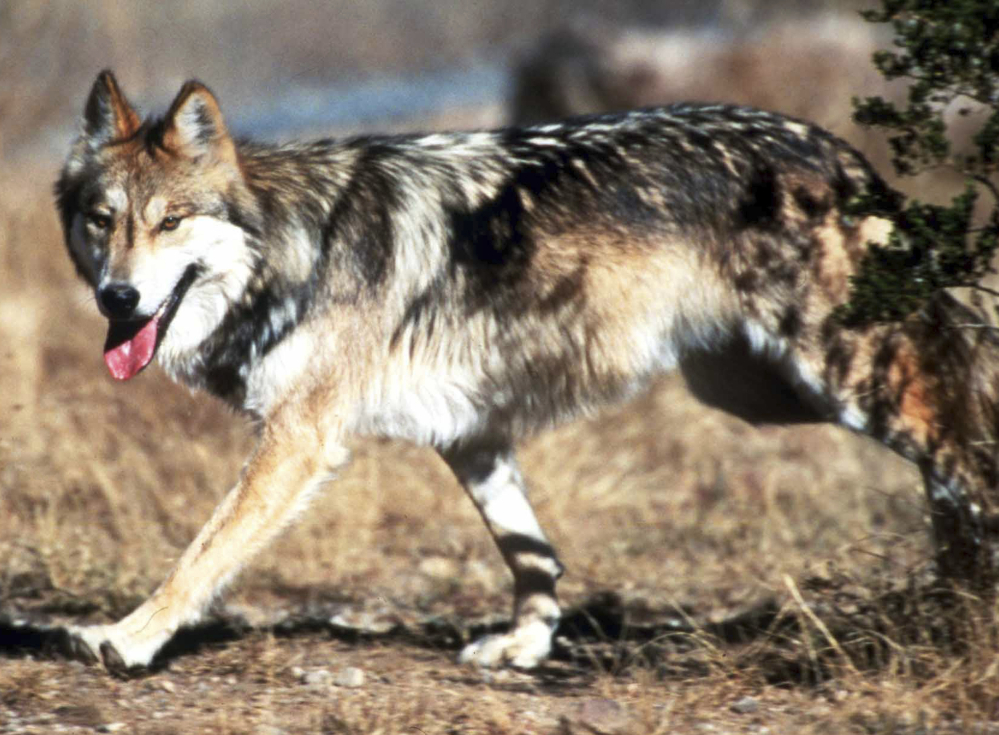ALBUQUERQUE, N.M. — After decades of legal challenges and political battles that have pitted states against the federal government, U.S. wildlife managers on Wednesday finally adopted a plan to guide the recovery of a wolf that once roamed parts of the American Southwest and northern Mexico.
The plan sets a goal of having an average of 320 Mexican gray wolves in the wild over an eight-year period before the predator can shed its status as an endangered species. In each of the last three years, the population would have to exceed the average to ensure that numbers don’t regress.
Officials estimate that recovery could take another two decades and nearly $180 million, a cost borne largely by breeding facilities that support threatened and endangered species work.
The U.S. Fish and Wildlife Service considered tens of thousands of public comments as it worked to meet a court-ordered deadline to craft the recovery plan.
There are now more of the wolves roaming the Southwest than at any time since the federal government began trying to reintroduce the animals in 1998. The most recent survey shows at least 113 wolves spread between southwestern New Mexico and southeast Arizona. There are about 31 wolves in the wild in Mexico, officials said.
Under the recovery plan, those numbers would be expected to grow to 145 in the U.S. and 100 in Mexico over the next five years.
Send questions/comments to the editors.



Success. Please wait for the page to reload. If the page does not reload within 5 seconds, please refresh the page.
Enter your email and password to access comments.
Hi, to comment on stories you must . This profile is in addition to your subscription and website login.
Already have a commenting profile? .
Invalid username/password.
Please check your email to confirm and complete your registration.
Only subscribers are eligible to post comments. Please subscribe or login first for digital access. Here’s why.
Use the form below to reset your password. When you've submitted your account email, we will send an email with a reset code.